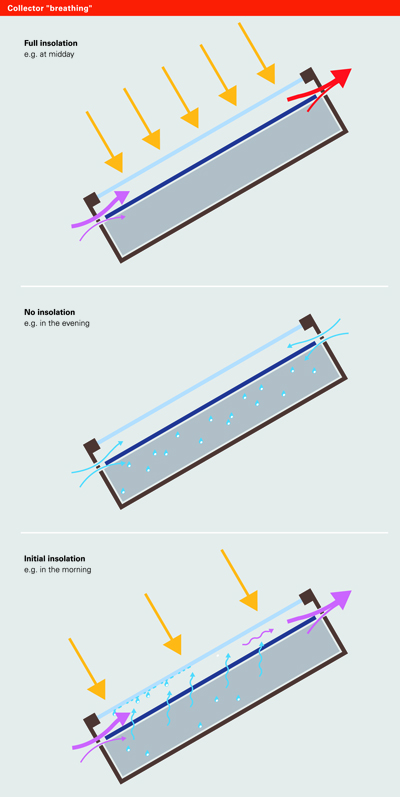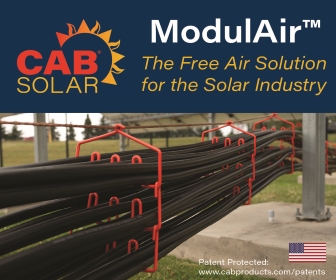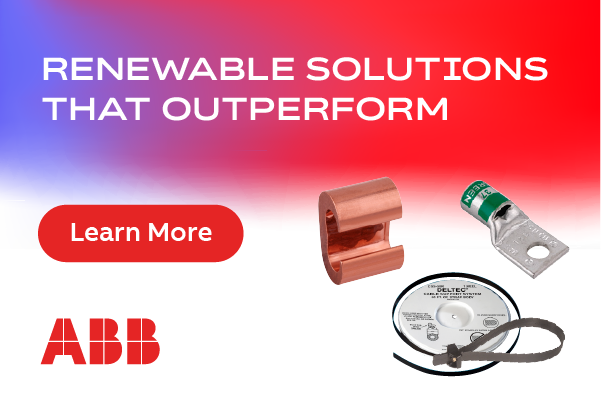Clearing Condensation: In flat-plate solar thermal collectors
 A solar thermal system can provide approximately 60% of the energy required each year for heating domestic hot water (DHW). Solar thermal systems that can also provide central heating backup, reduce energy costs further still. Such systems can save up to 35% of the annual costs for DHW and central heating.
A solar thermal system can provide approximately 60% of the energy required each year for heating domestic hot water (DHW). Solar thermal systems that can also provide central heating backup, reduce energy costs further still. Such systems can save up to 35% of the annual costs for DHW and central heating.
Flat-plate collectors are easily and safely installed in and on domestic roofs. Increasingly, solar collectors are also mounted on walls or as freestanding units. Flat-plate collectors are more affordable than tube collectors, and are used for DHW heating systems, including swimming pool water heating and for central heating backup.
The integration of solar thermal systems requires precisely matched individual components to achieve optimum heat yield, and to keep costs under control. For successful operation, products and installation should be supported by the right system engineering. Even then, challenges can occur during installation and operation, however, they’re much less likely when quality products and engineering are applied. An understanding of solar thermal systems can also bridge the gap between actual system performance and any concerns that might arise.
Condensation concerns
Increased levels of condensation, for example, especially during the first few days of operation after an initial solar thermal installation can be common. Though this phenomenon of a misted-up pane inside a solar collector, due to moisture build-up, can be observed occasionally, it is often misinterpreted. Moisture can precipitate on the inside of the glass cover until the micro-climate inside the collector has stabilized.
Most commercially available flat-plate collectors, however, are equipped with venting apertures to prevent permanent precipitation of moisture contained in the air inside the appliance. Under normal operating conditions, a 50-fold air change per day is generally considered optimal.
Vacuum tube collectors are hermetically sealed and cannot, therefore, condense. But, if water droplets form on the inside of the tubes, the tubes are faulty and must be replaced.
The “breathing” collector
Collectors are heat sources that, in many ways, are different from conventional heat sources. The most obvious difference is the source of primary energy they use to generate heat—the fuel used is insolation, or the exposure to solar energy radiation.
As insolation heats up the inside of a solar collector, the air inside also begins to expand. At the same time, the air change begins via the ventilation apertures. But, as insolation wanes, in the evening or when the sky clouds over, the air changes stop and the air inside the collector contracts. This draws colder, moister ambient air into the collector. In turn, the humidity begins to settle, mostly in the collector’s thermal insulation.
When insolation resumes again, the moisture evaporates inside the collector and initially precipitates as condensate on the inside of the glass cover—sometimes causing a misted-looking pane. This process is perfectly normal, however, and is in no way harmful to the collector. After approximately 30 minutes (depending on weather conditions), the collector should be dry and the pane should be clear again. At that point, insolation can be fully utilized for heating.
Reducing air changes
Every air change means a small heat loss from a solar collector. The size of the ventilation apertures is, technically, a compromise between the speed of drying and a solar collector’s performance. Under certain conditions, the air change may become more difficult, resulting in a collector that remains misted up in the morning for long periods.
A shallow installation angle will not only make convection more difficult inside a collector, but it will also make the removal of moisture through the apertures more challenging. Operations with very cold fluid temperatures, for instance (say, when heating a swimming pool), can also reduce the convection inside a collector. Additionally, a very humid environment, such as one near open waters or in foggy areas, can increase the amount of moisture content.
Other obstructions can affect collectors, as well. Contamination, such as leaves found above a solar collector, can restrict or prevent circulation via the apertures. And, incorrect storage prior to installation can lead to a collector containing so much moisture prior to the installation that it takes a long time to dry out and achieve normal operation.
Although not all of the time, these circumstances can result in an increased level of condensation. Where this occurs, it’s recommended that the collector be taken out of service for a few days to allow for proper inspection and observation. Condensation that occurs after the initial collector installation is often easily resolved with a thorough drying process. A few clear sunny days in a row will usually get rid of all the moisture for good.
Proper ventilation
Correct ventilation of a solar collector can only be assured if it’s been secured with appropriate mounting hardware. Ventilation apertures are located on the backside of the collector to keep them out of the reach of rain in the collector frame. For that reason, the frame must always provide adequate clearance from the installation surface to avoid blocking the openings.
Solar thermal collectors are heat sources that remain functional and environmentally friendly, but are subject to correct installation and operation. Knowledge of what to expect in terms of performance and the solar thermal system itself provides important assurance for any system owner.
Viessmann Manufacturing Company Inc.
www.viessmann.ca
Author: Robert Waters
Volume: November/December 2013










.png?r=2833)

